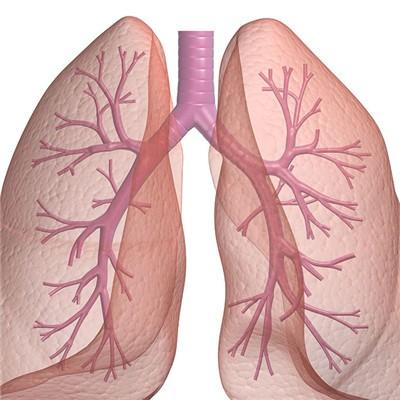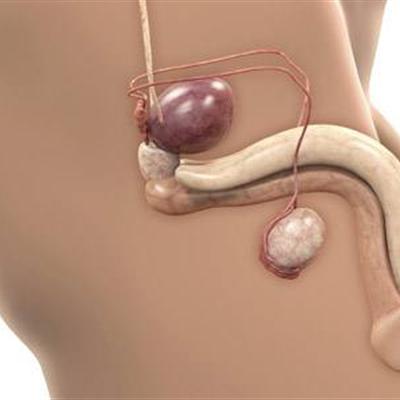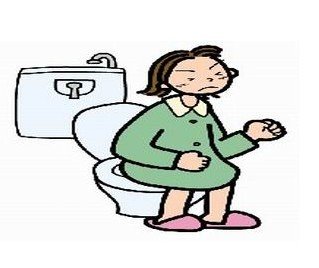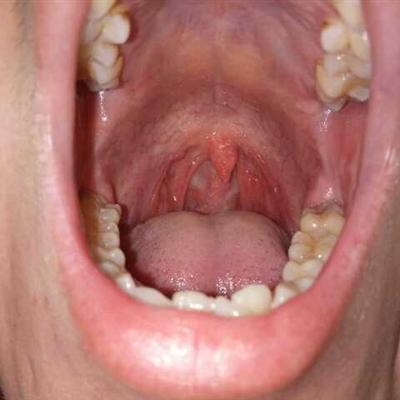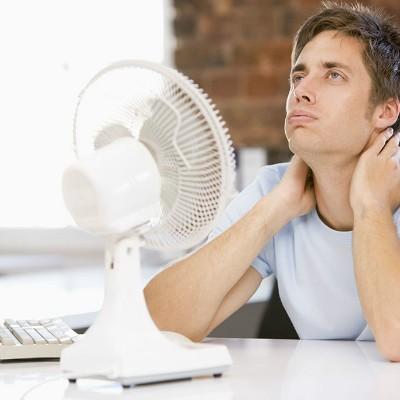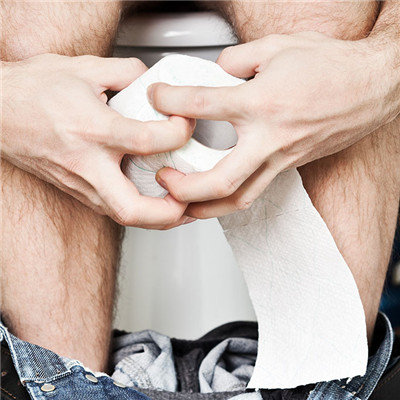Symptoms of Mycoplasma pneumoniae in children
summary
The incidence rate of mycoplasma pneumonia in children has been very high in recent years, which seriously affects the normal growth and development of children. It needs our attention and active treatment after the emergence of related symptoms. What are the symptoms of mycoplasma pneumonia in children?
Symptoms of Mycoplasma pneumoniae in children
The incubation period of Mycoplasma pneumoniae infection can reach 2-3 weeks. After the incubation period, most patients showed pharyngitis, rhinitis, tracheitis and bronchiolitis, with fever, headache, chills, cough, general discomfort, obvious fatigue, loss of appetite and other symptoms.
The initial stage of cough was dry cough, and then turned to intractable severe cough, with no phlegm or a small amount of sticky phlegm, especially at night. Infants with dyspnea and dyspnea, severe cases may occur mycoplasma pneumonia. Children with Mycoplasma pneumoniae pneumonia accounted for 3% - 10% of all Mycoplasma pneumoniae infections.
The lung lesions showed various manifestations, early interstitial pneumonia, increased lung texture and reticular shadows, and then developed into patchy or uniform fuzzy shadows, deeper near the hilum and more in the lower lobe. About half of them were single lobe or single lung segment, sometimes with extensive infiltration and consolidation. Hilar lymphadenopathy can be seen in children. A few cases had a small amount of pleural effusion. Pneumonia usually dissipates within 2-3 weeks, and occasionally extends to 4-6 weeks.
matters needing attention
(1) respiratory tract isolation due to mycoplasma infection can cause a small epidemic, and the time of mycoplasma infection in children is longer, up to 1-2 months. The symptoms of upper respiratory tract infection only appeared in infants, and pneumonia only occurred after repeated infection. At the same time, it is easy to re infect other viruses during MP infection, resulting in aggravation of the disease. Therefore, the respiratory tract should be isolated as far as possible to prevent reinfection and cross infection. (2) keep the indoor air fresh, supply digestible and nutritious food and enough liquid. Keep oral hygiene and respiratory tract unobstructed, often turn over, pat back, change body position, promote secretion discharge, if necessary, appropriate sputum suction, remove viscous secretion. (3) oxygen therapy should be given in time to patients with severe condition, hypoxia or airway obstruction. Its purpose is to improve arterial partial pressure of oxygen and tissue hypoxia caused by hypoxemia. The method of oxygen administration is the same as that of general pneumonia.


